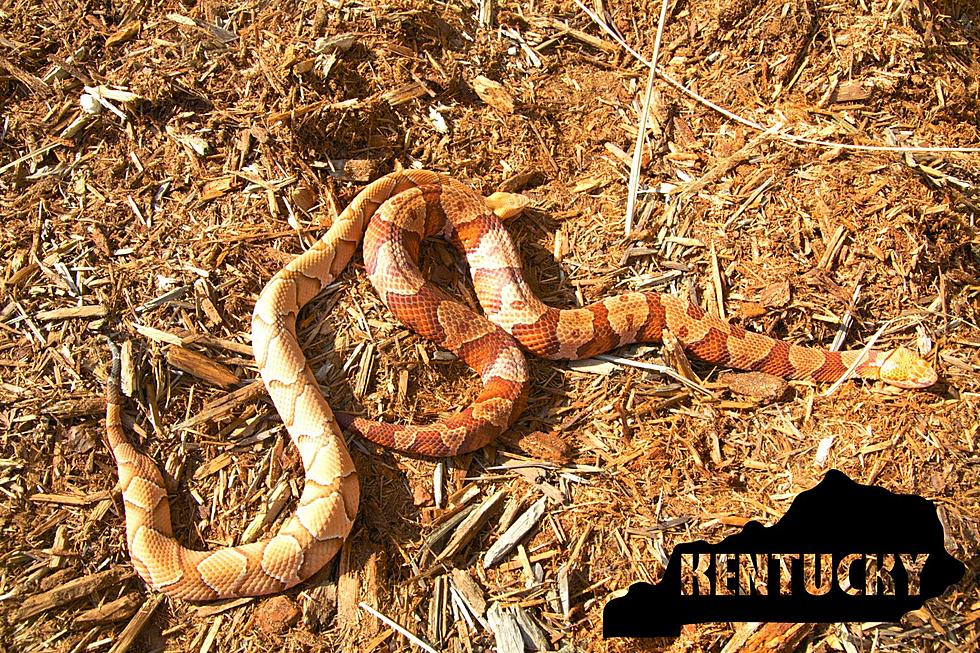
It’s Baby Copperhead Season in KY — What You Should Know
Back when I was a teen, I went on a short road trip with my parents. Dad had found this really cool place down by the Ohio River on the Kentucky side. I want to say it was sort of catty-corner across from Newburgh, but I'm not totally sure. Wish I could remember where it was.
Anyway, Mom was the first one out of the vehicle, but then she immediately jumped back in the car. She saw a snake--a little copperhead--near the front of the vehicle, and that was all she wrote. Actually, in a car full of folks who can't stand them, that was all ANY of us wrote. And we moved on.
Baby Copperhead Season in Kentucky
First of all, if it had been any kind of snake, her reaction would have been the same. But she recognized it, and we were lucky she did. I remember us talking about how much more venom the little guys injected; it's something I've heard all my life. But guess what? I've been believing a myth this whole time. That's why it's a good thing we have folks like veterinarian Kelli LeVan who debunked the baby copperhead myth in a post on a public Facebook group. First, the myth:
Juvenile venomous Copperheads are more dangerous than as adults because juveniles can't control how much venom they inject, “dump all their venom”, and/or because juveniles inject more concentrated venom.
And now, the truth:
Juvenile venomous snakes can control their venom just as well as adults. Adults are more dangerous because: adult snakes have larger venom glands, produce more venom, and can inject a larger volume of venom during a bite. Juvenile copperhead venom is not “stronger” meaning it is not more concentrated nor more toxic.
The following interviews ALSO make me wonder why this particular myth has had such a robust life.
The Other Venomous Snakes in Kentucky
Copperheads are one of four venomous snake species found in Kentucky--pygmy rattlesnakes, timber rattlers, and western cottonmouths (water moccasins) are the other three--and their babies are born alive in late summer or early fall, according to the Kentucky Department of Fish & Wildlife Resources. That's right, they're not hatched--something I never knew until I did the research for this story.
Keep this in mind, too. If you see one baby copperhead, it's entirely possible you'll see another since the mothers often birth multiple of these fun little guys. And if you're unfamiliar, here's how to recognize them:
How to Keep Baby Copperheads Out of Your Yard
If you have a great concern regarding the presence of baby copperheads, there are steps you could take to keep them away. For example--and, granted, it could be too late for this; maybe think about next year--you could grow plants with strong aromas like garlic, marigolds (and do they ever stink), onions, or lemongrass. These baby pit vipers are not fans.
You could also figure out a way to attract their predators...that is, if you don't mind THEM hanging around. At our place, I've seen red-tailed hawks, opossums, and bullfrogs. Plus, we have an outdoor cat. The complete list--along with other tips to keep baby copperheads out of your yard--can be found at Jungseed.com.
Again, baby copperheads are NOT more venomous than their adult counterparts, but at this time of the year, you just might see MORE of them than you would the grown-ups.
If you're like me, you don't care about the size. You'll want no part of snakes ANYWHERE on your property. Fortunately, baby copperhead season is followed almost immediately by cooler temperatures. And cold-blooded critters want no part of THAT.
